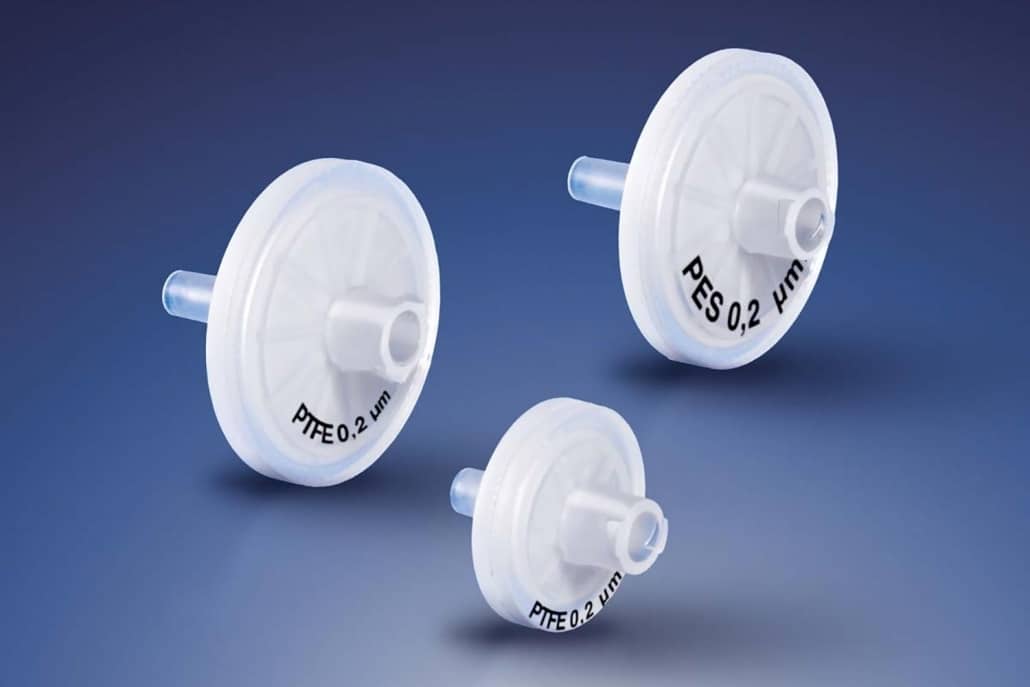As a regulatory requirement, sterilizing grade filters must be tested for integrity after use, and it is a best practice to test them before use. There are three standard ways to test filter integrity given the conditions and specifications of the filter.
In order to understand the right test for a particular situation you need to know there are two main types of filters; hydrophilic (water attractive) and hydrophobic (water repulsive).
Read on to learn about each of the three main filter integrity tests.
1. Diffusion Test (also known as “forward flow”)
A diffusion test applies a constant pressure of air on the upstream side of a filter saturated with liquid and measures the volume of air over time that diffuses through the filter. The liquid is usually water, and this test is usually used with the hydrophilic filters. The diffusion test is a good choice for large surface area filter systems, as the flow rate is so low on small filter systems it becomes hard to detect.
What Risks Come with a Diffusion Test?
The larger the filter system, the higher risk that a passing diffusion rate could mask a minor breach in the filter membrane. The larger the system, the diffusion rate begins to get closer to the bulk flow rate created by a small, but potential breach in the filter membrane.
2. Bubble Point Test
The bubble point test addresses the issues associated with the diffusion test. This test applies an increasing pressure of air on the upstream side of the filter while monitoring the flow rate of air that is diffusing through the saturated filter membrane.
The “bubble point” is the amount of pressure that, when applied to the upstream side of the filter, overcomes the water tension of the largest pore in the system and forces the water through the pore where air is now freely flowing through that pore.
What Risks Come with a Bubble Point Test?
This test also has its limitations as the more significant the filter system, the accuracy of the true bubble point is compromised. The method that a filter integrity tester will utilize is detecting the rate of change in the flow through the filter membrane.
Note: Both the diffusion test and bubble point test can be used on hydrophobic filters, but the wetting agent cannot be water due to the hydrophobic properties of that type of filters.
A typical wetting agent in this application is isopropyl alcohol.
3. Water Intrusion Test
The third most common test is called a water intrusion test. This test can only be used on hydrophobic filters as its method is to apply water under pressure to the upstream side of the filter and detect the amount of pressure loss due to the water not being able to penetrate the membrane due to the filter’s hydrophobic nature.
This test is becoming more popular as it removes the need for a solvent-based wetting agent, such as alcohol, to perform integrity tests on hydrophobic filters.
What Risks Come with a Water Intrusion Test?
The downside of the water intrusion test is it is extremely sensitive since the measurement of volume loss can be extremely small. Factors like impurities on the surface of the filter or minor fluctuations in temperature can make the test difficult to complete.
Each filter integrity test has its pros and cons and should be applied when they best fit a specific situation.
If you have questions, contact our pharma qualification and validation experts today.




